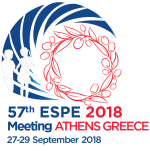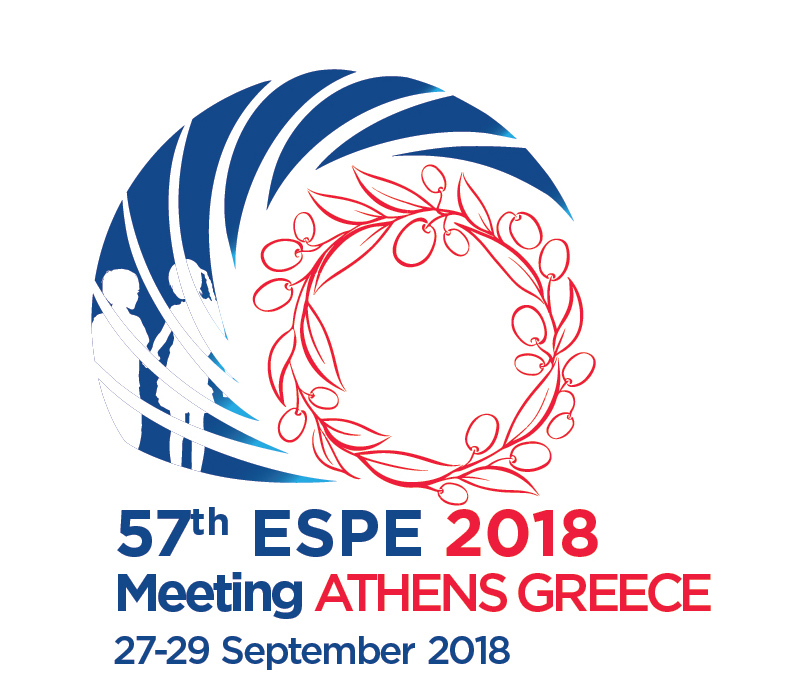
57th Annual ESPE
Athens,
Greece
27 Sep 2018 - 29 Sep 2018

Rapid Free Communications
Fetal, Neonatal Endocrinology and Metabolism
hrp0089rfc7.1 | Fetal, Neonatal Endocrinology and Metabolism | ESPE2018
Next Generation Sequencing Results in 142 Patients with Congenital Hyperinsulinism
Gubaeva Diliara , Melikyan Maria , Vasiliev Eugeny , Petrov Vasily , Tiulpakov Anatoly
hrp0089rfc7.2 | Fetal, Neonatal Endocrinology and Metabolism | ESPE2018
Outcomes of a Quality Improvement Project Integrating Continuous Glucose Monitoring Systems into the Routine Management of Neonatal Hypoglycaemia
McGlacken-Byrne Sinead , Jenkinson Allan , O'Neill Roisin , Murphy John
hrp0089rfc7.3 | Fetal, Neonatal Endocrinology and Metabolism | ESPE2018
Central Venous Cathether-Associated Thrombosis in Children with Congenital Hyperinsulinism
Yau Daphne , Salomon-Estebanez Maria , Chinoy Amish , Murray Philip G , Banerjee Indi
hrp0089rfc7.4 | Fetal, Neonatal Endocrinology and Metabolism | ESPE2018
Expression of MIR-576-5p in Umbilical Cord as a Novel Biomarker for the Identification of Catch-up Growth in Small-For-Gestational-Age Infants
Bassols Judit , Mas-Pares Berta , Bonmati Alexandra , Xargay-Torrent Silvia , Carreras-Badosa Gemma , Lizarraga-Mollinedo Esther , Martinez-Calcerrada Jose-Maria , de Zegher Francis , Ibanez Lourdes , Lopez-Bermejo Abel
hrp0089rfc7.5 | Fetal, Neonatal Endocrinology and Metabolism | ESPE2018
Alteration of Renal Corticosteroid Signaling Pathways in Preterm Infants: Neonatal Adaptation and Developmental Programming of Hypertension
Dumeige Laurence , Nehlich Melanie , Lhadj Christophe , Viengchareun Say , Xue Qiong-Yao , Pussard Eric , Lombes Marc , Martinerie Laetitia
hrp0089rfc7.6 | Fetal, Neonatal Endocrinology and Metabolism | ESPE2018
Assessment of Pituitary Stalk Anatomy by T2 DRIVE without Gadolinium in Pituitary Diseases
Napoli Flavia , Godano Elisabetta , Morana Giovanni , Di Iorgi Natascia , Pistorio Angela , Allegri Anna Elsa Maria , Gastaldi Roberto , Calcagno Annalisa , Patti Giuseppa , Gallizia Annalisa , Notarnicola Sara , Giaccardi Marta , Noli Serena , Severino Mariasavina , Tortora Domenico , Rossi Andrea , Maghnie Mohamad



